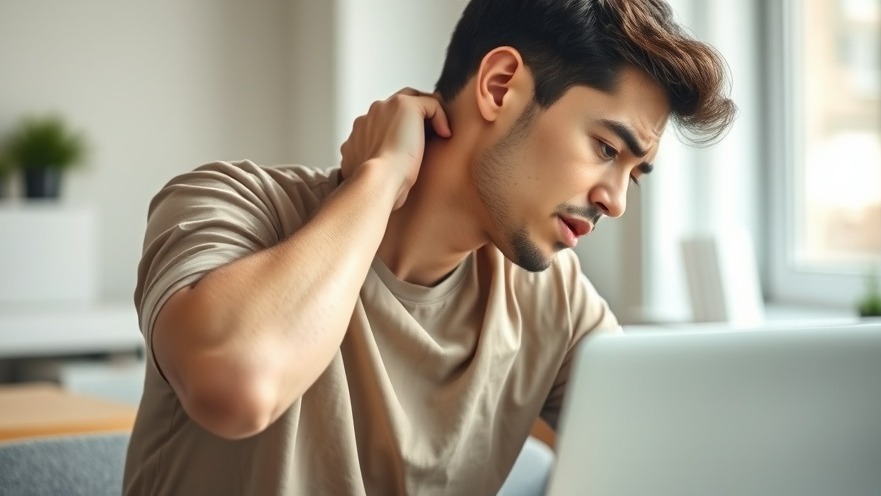
Exploring Pain Relief: Pills vs. Patches for Digital Nomads
As digital nomads travel the globe, managing health and wellness while on the move becomes a priority, especially when it comes to pain relief. For many, the choice often boils down to two common forms of medication: pills and patches. But which is more effective? In this article, we’ll explore the differences between pain pills and patches, offering insights that can help you make the best choice for your needs.
Understanding Pain Relief Mechanisms
Pain pills and patches both deliver medication effectively but operate in distinct ways. Pain pills are absorbed through the gastrointestinal tract, rapidly entering the bloodstream after being broken down by the liver. This quick absorption can provide fast relief, making pills a go-to option for many.
On the other hand, patches deliver medication transdermally. When applied to the skin, patches release active ingredients that slowly permeate the skin and enter the bloodstream. This method allows for a steadier and more prolonged release of medication, which is beneficial for chronic pain conditions.
Benefits of Pain Pills
Pain pills, such as acetaminophen or NSAIDs, are popular due to their immediacy of action. They are effective for acute pain, such as headaches or muscle soreness, and are often available over the counter. However, it’s essential to consider that some individuals may experience gastrointestinal side effects, which can lead to discomfort while traveling.
Furthermore, if you're on the road, access to water for swallowing pills might be limited, which is a notable disadvantage for some. It's therefore crucial to be mindful of how and when to use them, especially in transient situations.
The Advantages of Using Patches
Pain patches, including lidocaine and menthol varieties, provide unique benefits. They can be particularly useful for localized pain relief, thereby allowing digital nomads to continue their daily activities without the constant interruption of taking pills. Since patches are absorbed more slowly, they may avoid some of the gastrointestinal issues linked with oral medications.
However, patches can take longer to take effect, which isn't ideal for acute pain. Therefore, they are often recommended for chronic pain management rather than immediate relief. Knowing this can help you plan for pain management as you navigate your work and travel schedules.
Potential Downsides to Consider
Both pills and patches come with their own sets of downsides. With pain pills, there's the risk of interactions with other medications processed in the liver, which can lead to harmful side effects. They can also cause stomach-related side effects like ulcers or nausea, which could hinder your ability to enjoy local cuisine.
On the contrary, patches may cause skin irritation, depending on the type of patch and the duration of use. They are also not as effective for sudden pain, meaning you might need a combination of methods for comprehensive pain management.
Practical Insights for Digital Nomads
In your travels, understanding how each form of pain relief works is vital. Always consider your lifestyle when choosing between pills and patches. For instance, if you anticipate needing pain relief throughout the day but prefer not to deal with side effects or timing issues, patches might be your best bet.
Alternatively, if you need something fast-acting for unexpected headaches or muscle soreness from long hours of work, having pain pills on hand is a wise choice. Nevertheless, consulting with a healthcare provider is recommended to tailor choices specific to your health conditions.
Actionable Tips for Managing Pain Effectively
1. **Evaluate Your Circumstances**: Before choosing pain relief, assess the nature of your pain— are you dealing with chronic issues or occasional discomfort? Your answer will guide your choice.
2. **Carry Both Options**: Many digital nomads find it helpful to have both pain pills and patches available, allowing them to address pain as it arises.
3. **Stay Informed**: Keep up with local regulations regarding medication. Some countries have restrictions on over-the-counter pain relievers, so understanding local laws can be helpful.
4. **Observe Your Body's Response**: Pay attention to how your body reacts to different pain management methods. This awareness can lead to more informed decisions in the future.
Conclusion: Choose Wisely for Your Next Adventure
Selecting the right pain relief can significantly enhance your experiences as a digital nomad. Whether you prefer the quick relief of pills or the steady support of patches, understanding the pros and cons, along with the practical considerations, is essential. Your health is a key asset in your travels; prioritize it wisely!
If you're ready to explore alternatives for maintaining your health while on the road, stay tuned for further insights and tips on optimizing your wellness as a digital nomad. Your next adventure awaits—make sure you feel your best while experiencing it!
 Add Row
Add Row  Add
Add 




Write A Comment